24 Things You'll Only Remember If You're a True San Antonian
By San Antonio Current Staff on Fri, Mar 1, 2019 at 3:58 pm
San Antonio loves being nostalgic. And part of the nostalgic tendencies includes remembering things that no longer exist in the Alamo City. To do just that, we rounded up 24 things to take you down memory lane if you grew up in San Antonio – or at least been here long enough to feel like you did.
Scroll down to view images
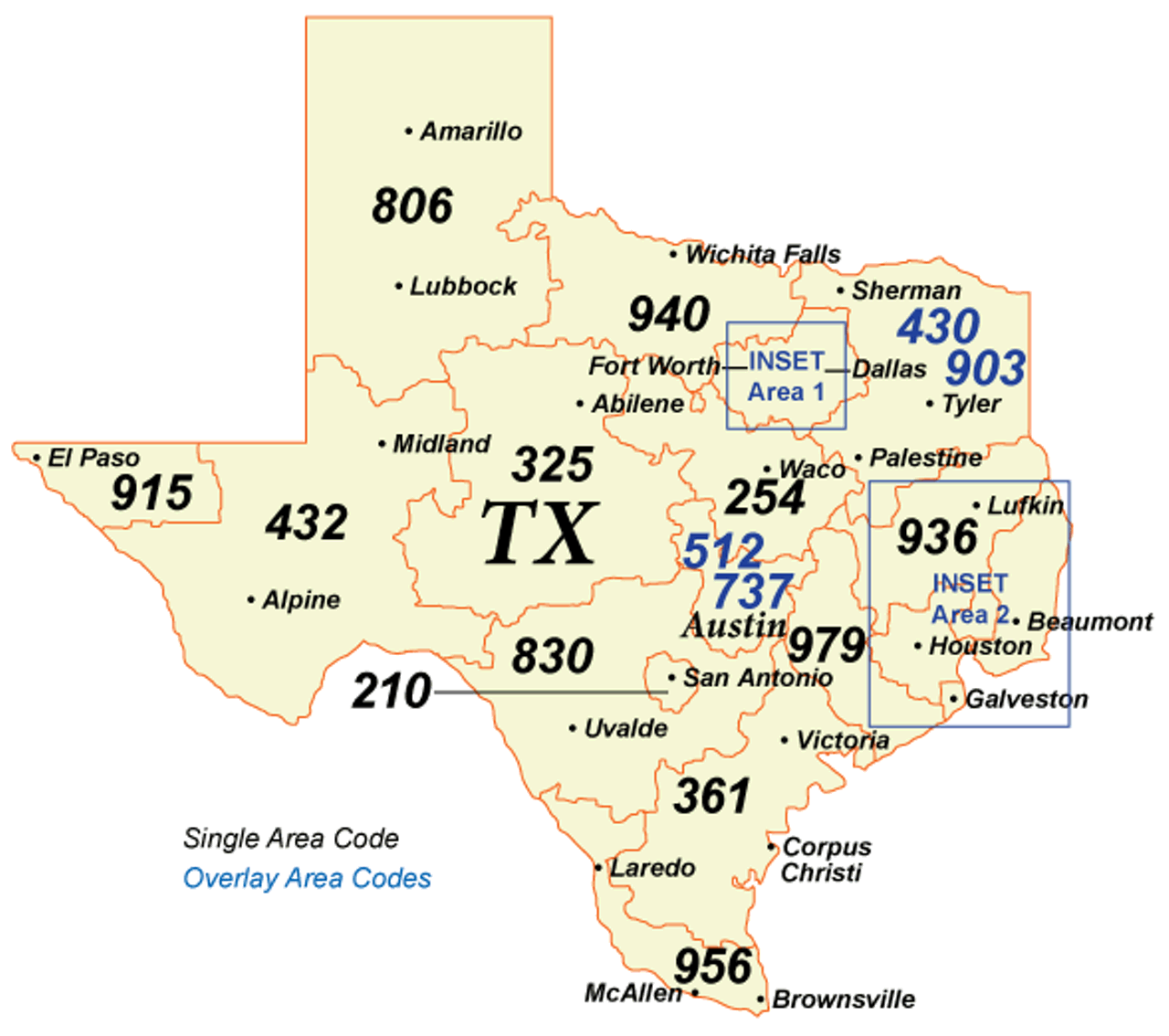
512 area code
2-1-0 may today be synonymous with the Alamo City, but that wasn’t always the case. Beginning in October 1947, San Antonio (as well as Brownsville, Corpus Christi, Harlingen and McAllen) phone numbers used the 5-1-2 area code. With growth rampant in the area, San Antonio adopted the 2-1-0 area code in 1992. Today, Austin and its suburbs use 5-1-2.
Map via North American Numbering Association
2-1-0 may today be synonymous with the Alamo City, but that wasn’t always the case. Beginning in October 1947, San Antonio (as well as Brownsville, Corpus Christi, Harlingen and McAllen) phone numbers used the 5-1-2 area code. With growth rampant in the area, San Antonio adopted the 2-1-0 area code in 1992. Today, Austin and its suburbs use 5-1-2.
Map via North American Numbering Association
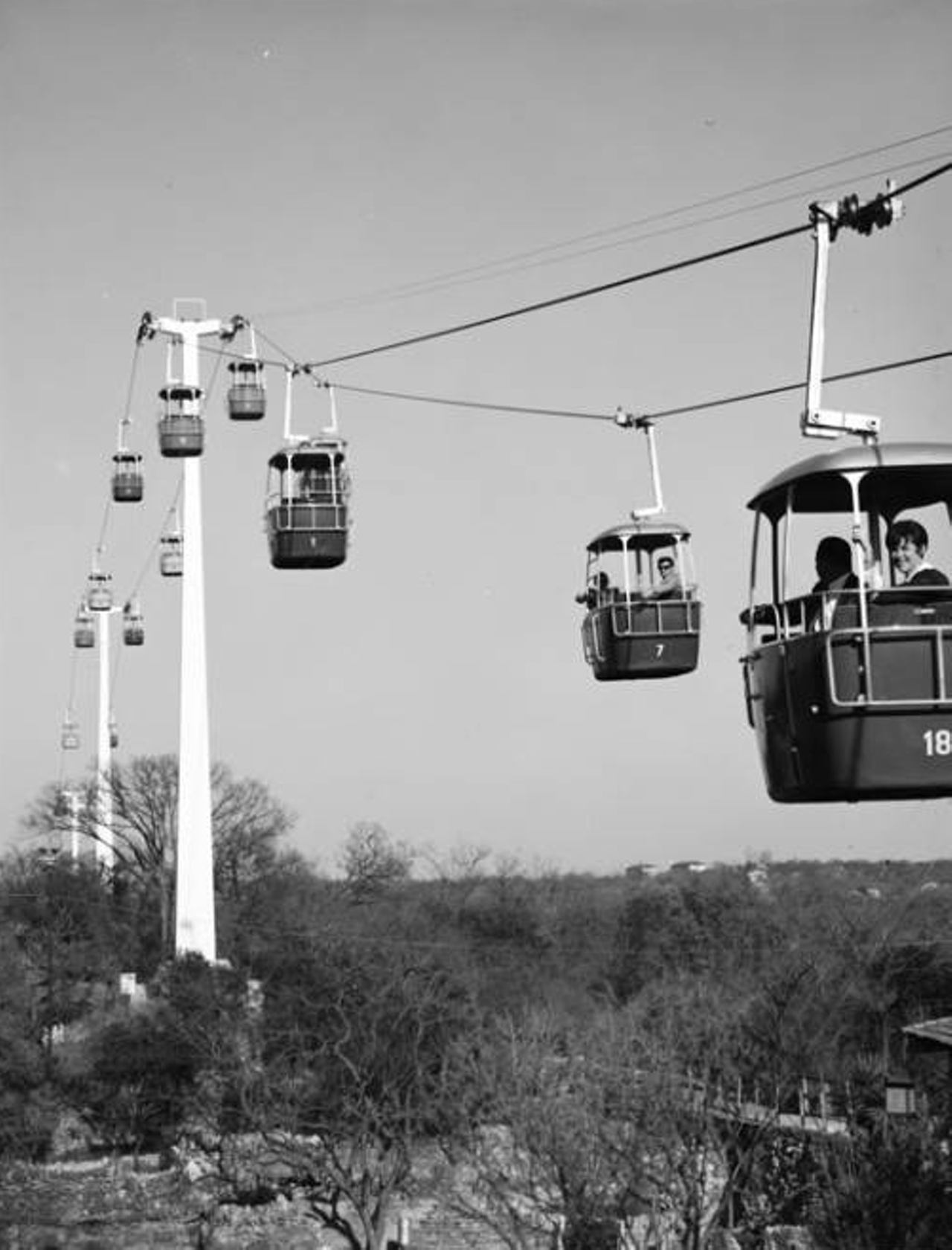
The Sky Ride at Brackenridge Park
San Antonians first got to enjoy the well-loved Sky Ride at Brackenridge Park when the attraction opened on November 14, 1964. Perhaps what locals are most nostalgic about, the ride gave a magical view of the park. Due to maintenance costs, the ride was closed in 1999.
Photo via UTSA Libraries Digital Collections
San Antonians first got to enjoy the well-loved Sky Ride at Brackenridge Park when the attraction opened on November 14, 1964. Perhaps what locals are most nostalgic about, the ride gave a magical view of the park. Due to maintenance costs, the ride was closed in 1999.
Photo via UTSA Libraries Digital Collections
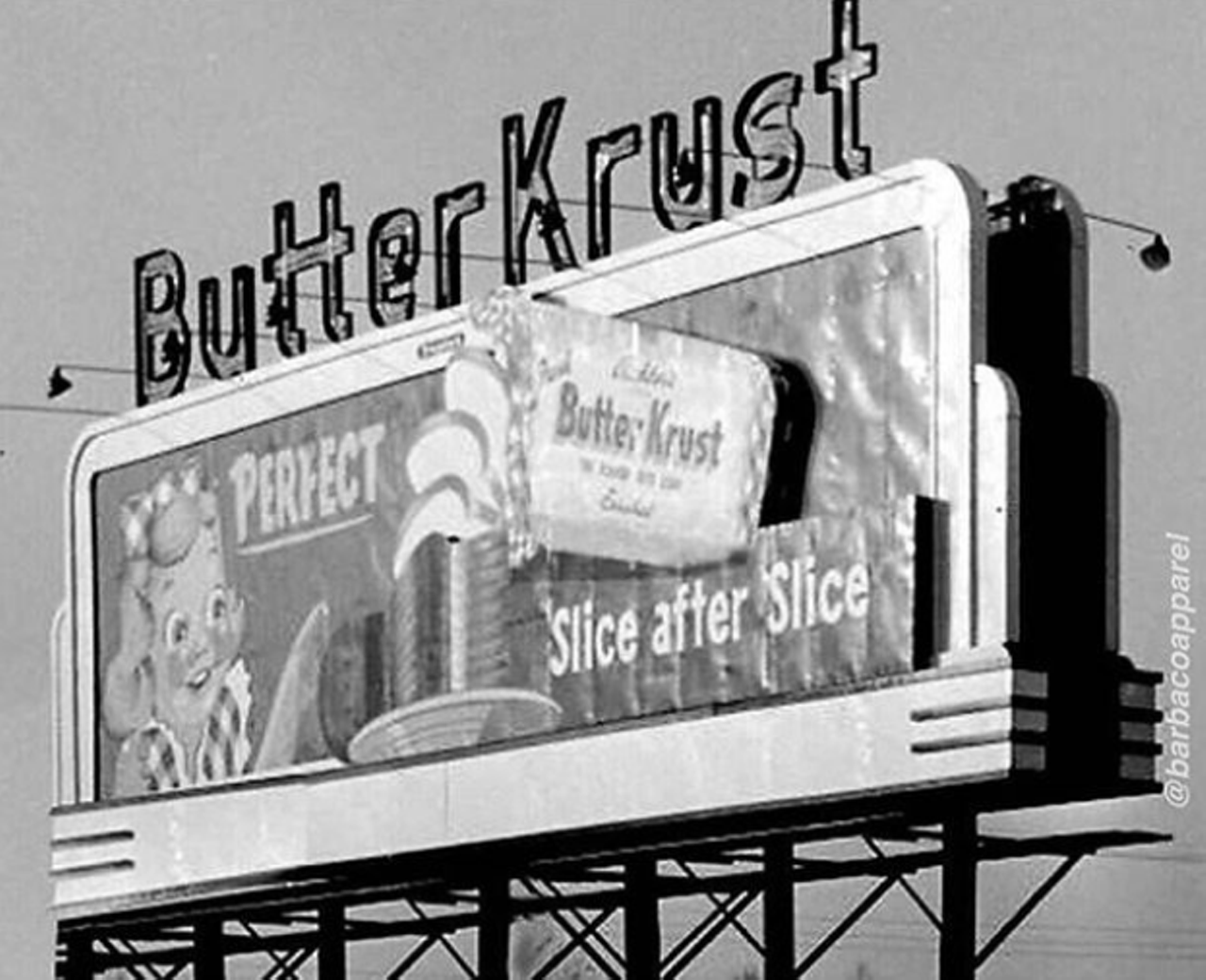
Bread rolling on conveyor belt on Butter Krust billboard
San Pedro used to be a lot more tempting to drive down, as it was home of the iconic moving billboard from Butter Krust at the Hildebrand intersection. The “Falling Slices” billboard was exactly what it sounds like. Slice after slice would tumble down endlessly from the infinite loaf.
Photo via Instagram / barbacoapparel
San Pedro used to be a lot more tempting to drive down, as it was home of the iconic moving billboard from Butter Krust at the Hildebrand intersection. The “Falling Slices” billboard was exactly what it sounds like. Slice after slice would tumble down endlessly from the infinite loaf.
Photo via Instagram / barbacoapparel
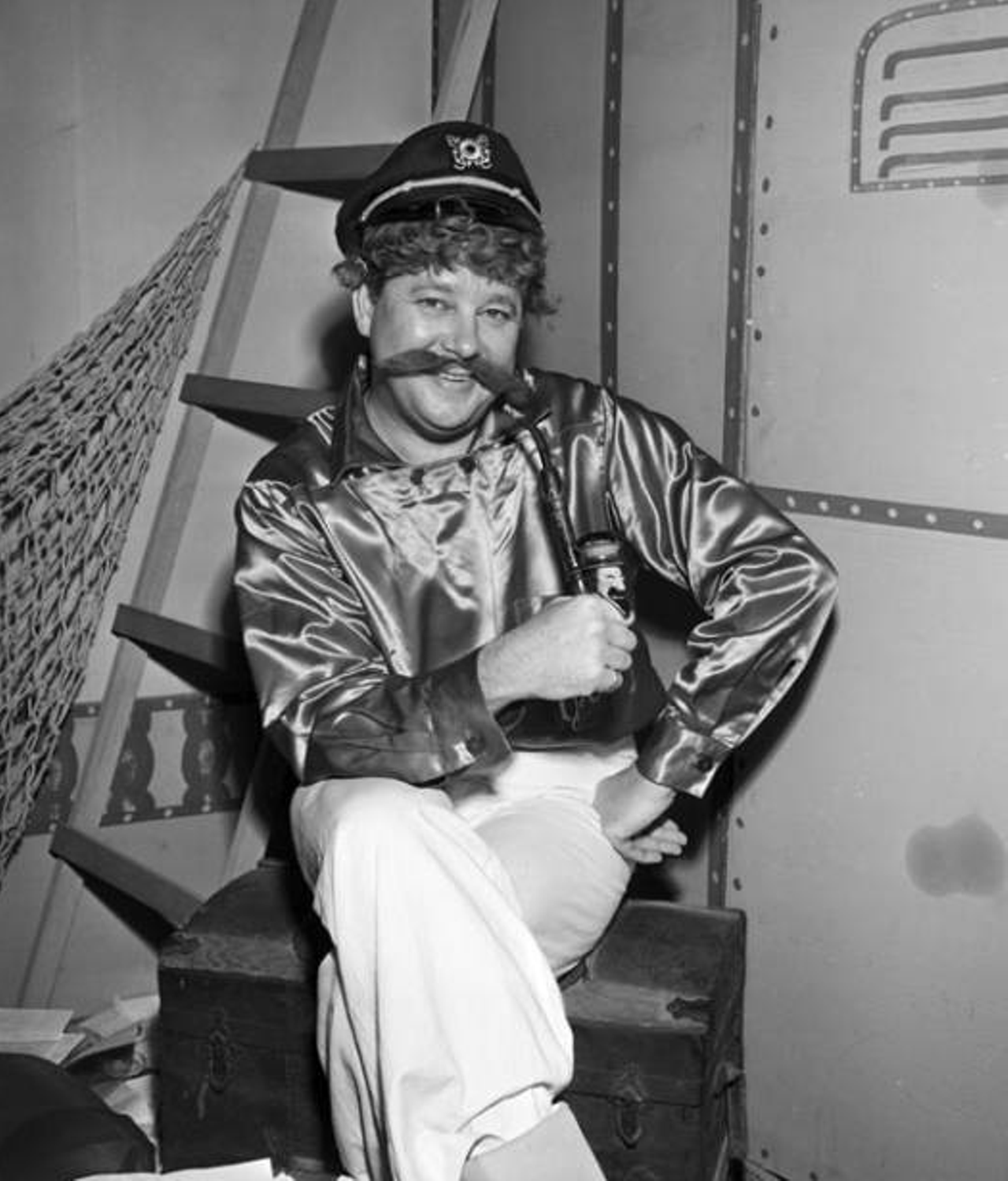
Captain Gus
Ba-ding bing! Older folks will remember Captain Gus from the childhood. The character, played by Joe Alston, was part of the children’s program that ran from 1953 to 1979. The local personality passed away in 1989 at the age of 71.
Photo via UTSA Libraries Digital Collections
Ba-ding bing! Older folks will remember Captain Gus from the childhood. The character, played by Joe Alston, was part of the children’s program that ran from 1953 to 1979. The local personality passed away in 1989 at the age of 71.
Photo via UTSA Libraries Digital Collections
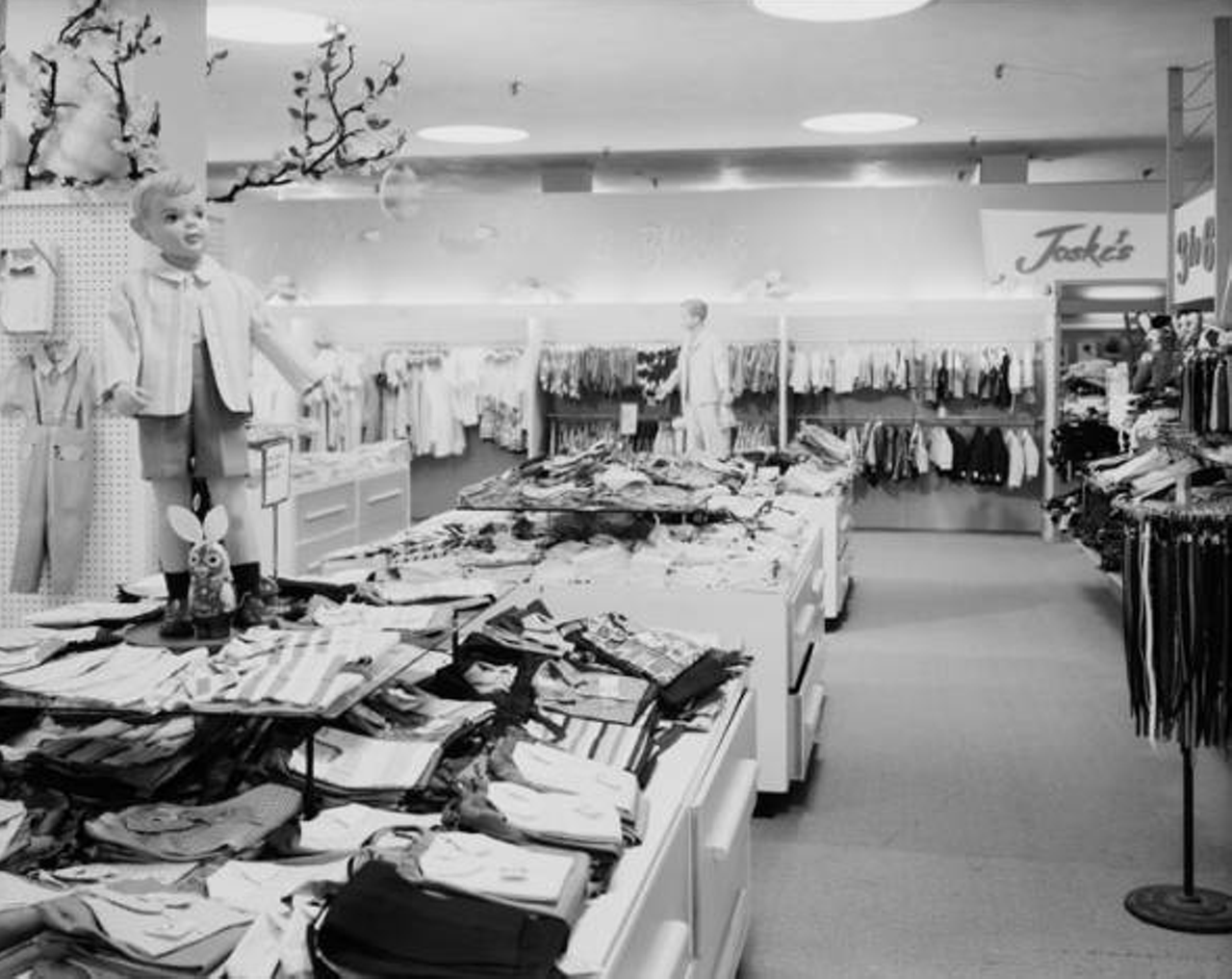
Joske’s
Work for the Joske’s building began in 1888, though we doubt those San Antonians who would remember are around anymore (call us if you were). In 1939, the store got new life and expanded to become a major department store. Joske’s was also home to the city’s first-ever escalator, installed in the early ‘40s. In 1960, the store began moving toward desegregation in its restaurants. That same year, Joske’s unveiled its seasonal Fantasy Land, a favorite for little ones in the ‘60s. The store finally closed its doors in 1980/1987 and renovated into a Dilliard’s.
Photo via UTSA Libraries Digital Collections
Work for the Joske’s building began in 1888, though we doubt those San Antonians who would remember are around anymore (call us if you were). In 1939, the store got new life and expanded to become a major department store. Joske’s was also home to the city’s first-ever escalator, installed in the early ‘40s. In 1960, the store began moving toward desegregation in its restaurants. That same year, Joske’s unveiled its seasonal Fantasy Land, a favorite for little ones in the ‘60s. The store finally closed its doors in 1980/1987 and renovated into a Dilliard’s.
Photo via UTSA Libraries Digital Collections
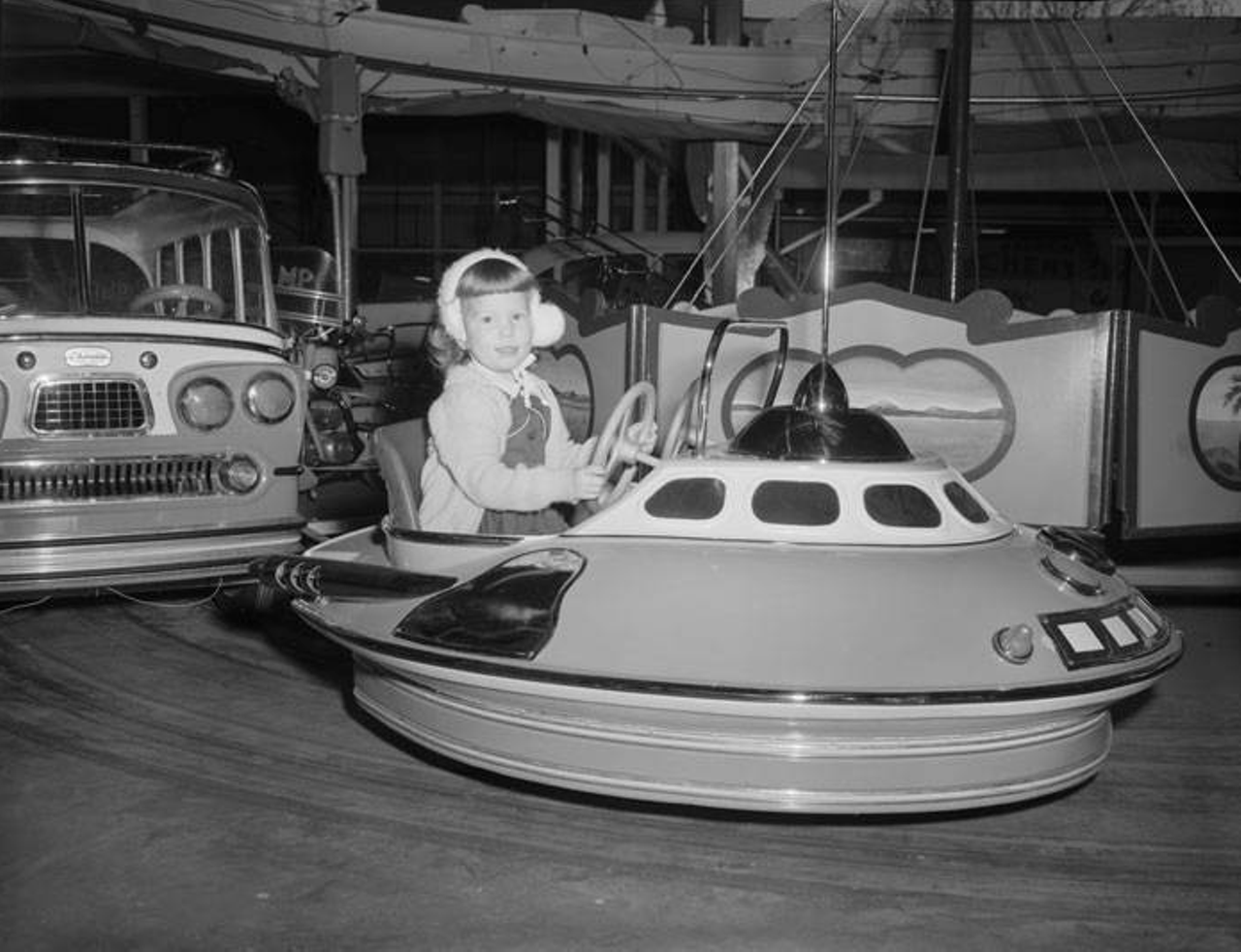
Playland Park
In 1980, Playland Park closed for the winter and promised a return. Except, it never did. Usually, the park would reopen its doors around St. Patrick’s Day, but owner Jimmy Johnson decided just to close up shop. The amusement park was a local favorite, having opened in 1943 at the Alamo and Broadway intersection, and home to The Rocket coaster.
Photo via UTSA Libraries Digital Collections
In 1980, Playland Park closed for the winter and promised a return. Except, it never did. Usually, the park would reopen its doors around St. Patrick’s Day, but owner Jimmy Johnson decided just to close up shop. The amusement park was a local favorite, having opened in 1943 at the Alamo and Broadway intersection, and home to The Rocket coaster.
Photo via UTSA Libraries Digital Collections
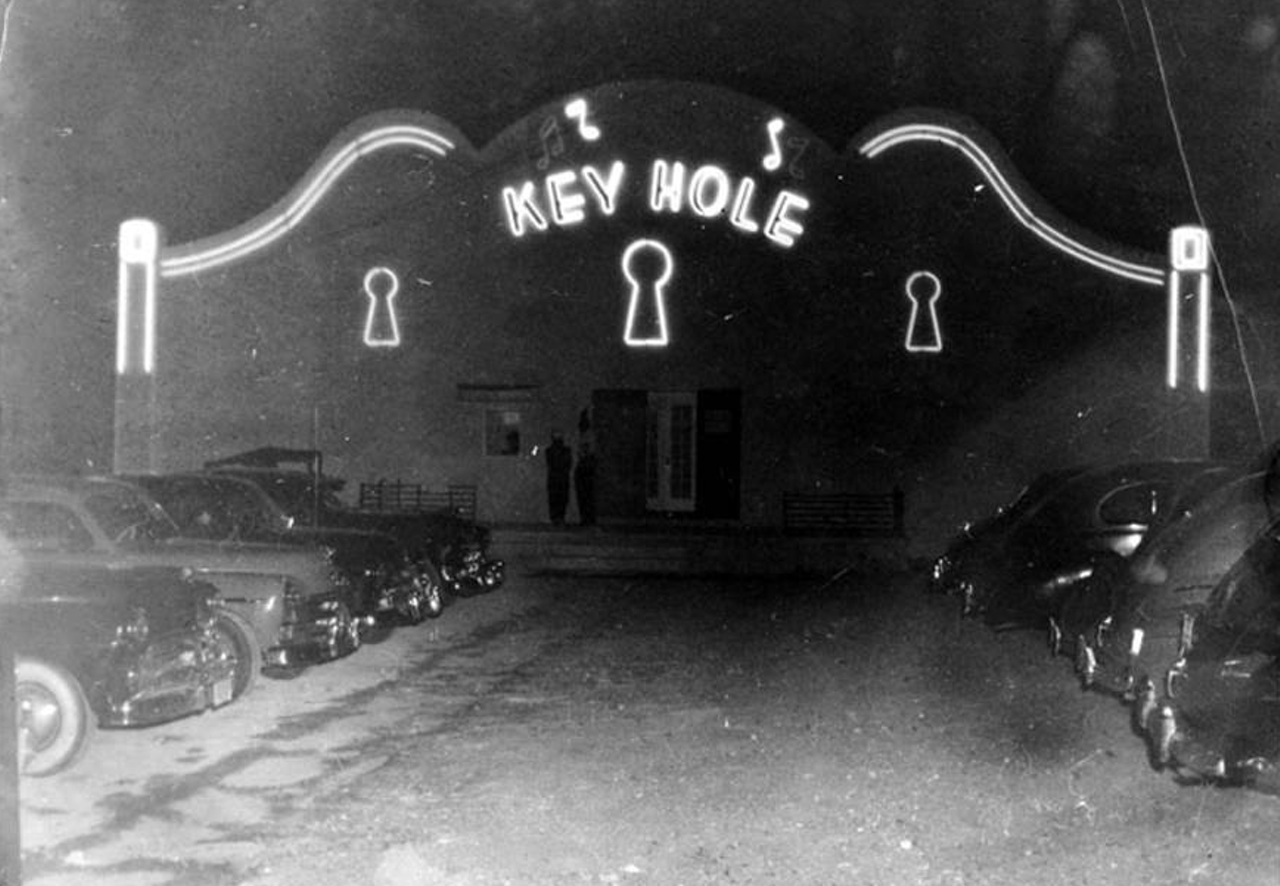
Keyhole Club
San Antonio may be replete with jazz clubs today, but seasoned residents will remember the OG Keyhole Club. Owned by Louisiana native and jazz trumpeter Don Albert, the integrated club, originally located at Pine and Iowa on the East Side, was founded in 1944. The club gained a reputation, often making San Antonio a destination for traveling musicians just for a chance to perform at the venue. It was such a big deal that Dizzy Gillespie, Louis Armstrong and many others performed at the original location, which closed in 1948. Keyhole 2.0 opened just two years later and welcomed the likes of Nat King Cole and Duke Ellington.
Photo via UTSA Libraries Digital Collections
San Antonio may be replete with jazz clubs today, but seasoned residents will remember the OG Keyhole Club. Owned by Louisiana native and jazz trumpeter Don Albert, the integrated club, originally located at Pine and Iowa on the East Side, was founded in 1944. The club gained a reputation, often making San Antonio a destination for traveling musicians just for a chance to perform at the venue. It was such a big deal that Dizzy Gillespie, Louis Armstrong and many others performed at the original location, which closed in 1948. Keyhole 2.0 opened just two years later and welcomed the likes of Nat King Cole and Duke Ellington.
Photo via UTSA Libraries Digital Collections
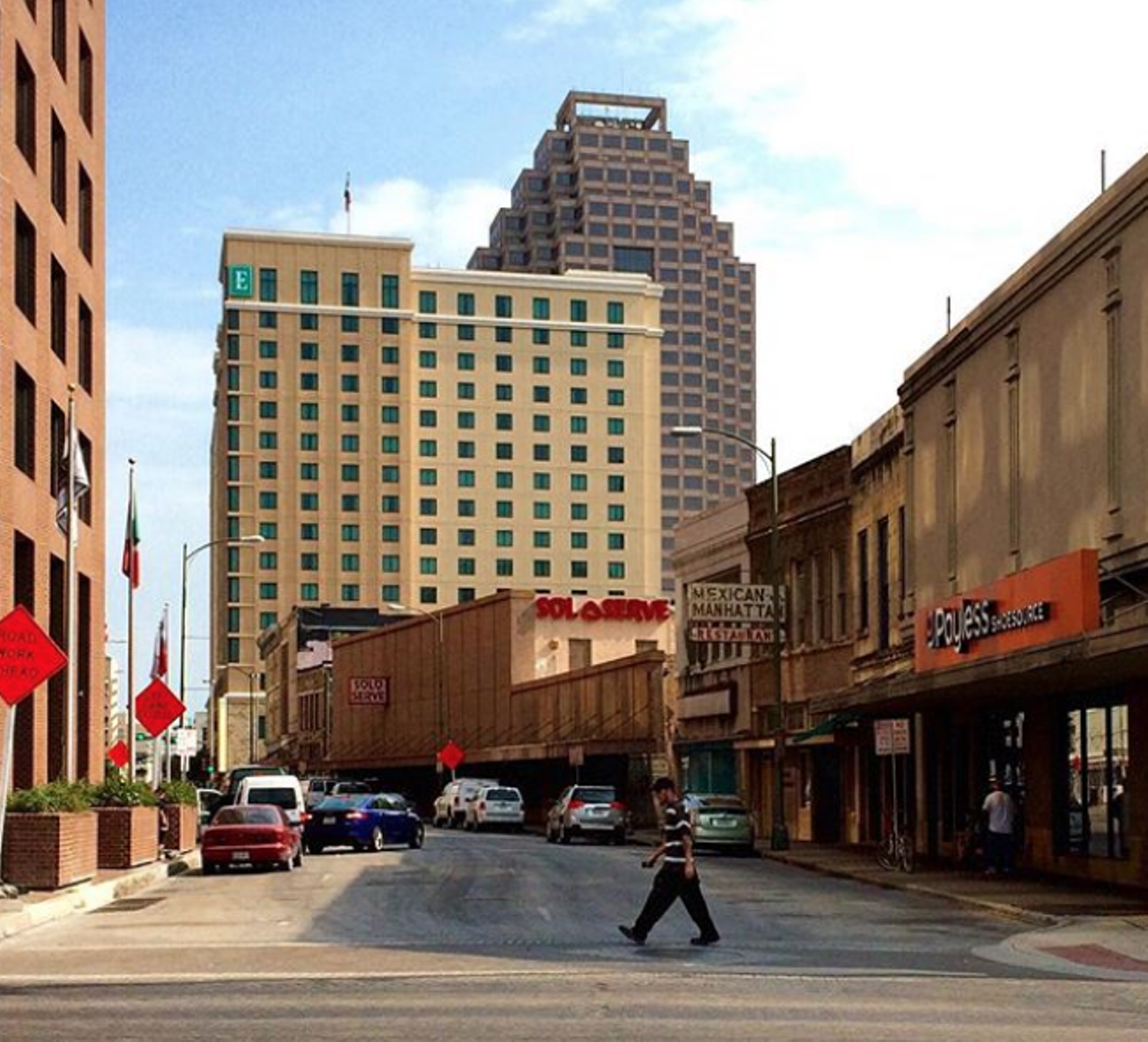
Solo Serve
The city may have demolished the building that formerly housed Solo Serve, but the discount clothing store, which opened in 1919, earned its place in SA. Formerly found at 114 Soledad St, the store specialized in irregular clothing and downright defects – but for cheap. If you came from a big family, chances are your folks dressed y’all thanks to Solo Serve. The company was sold in 1979, but held out until 1999, when the store held its final liquidation sale. The building was demolished in 2017, pero long live Solo Serve.
Photo via Instagram / chrstphrbrwn
The city may have demolished the building that formerly housed Solo Serve, but the discount clothing store, which opened in 1919, earned its place in SA. Formerly found at 114 Soledad St, the store specialized in irregular clothing and downright defects – but for cheap. If you came from a big family, chances are your folks dressed y’all thanks to Solo Serve. The company was sold in 1979, but held out until 1999, when the store held its final liquidation sale. The building was demolished in 2017, pero long live Solo Serve.
Photo via Instagram / chrstphrbrwn
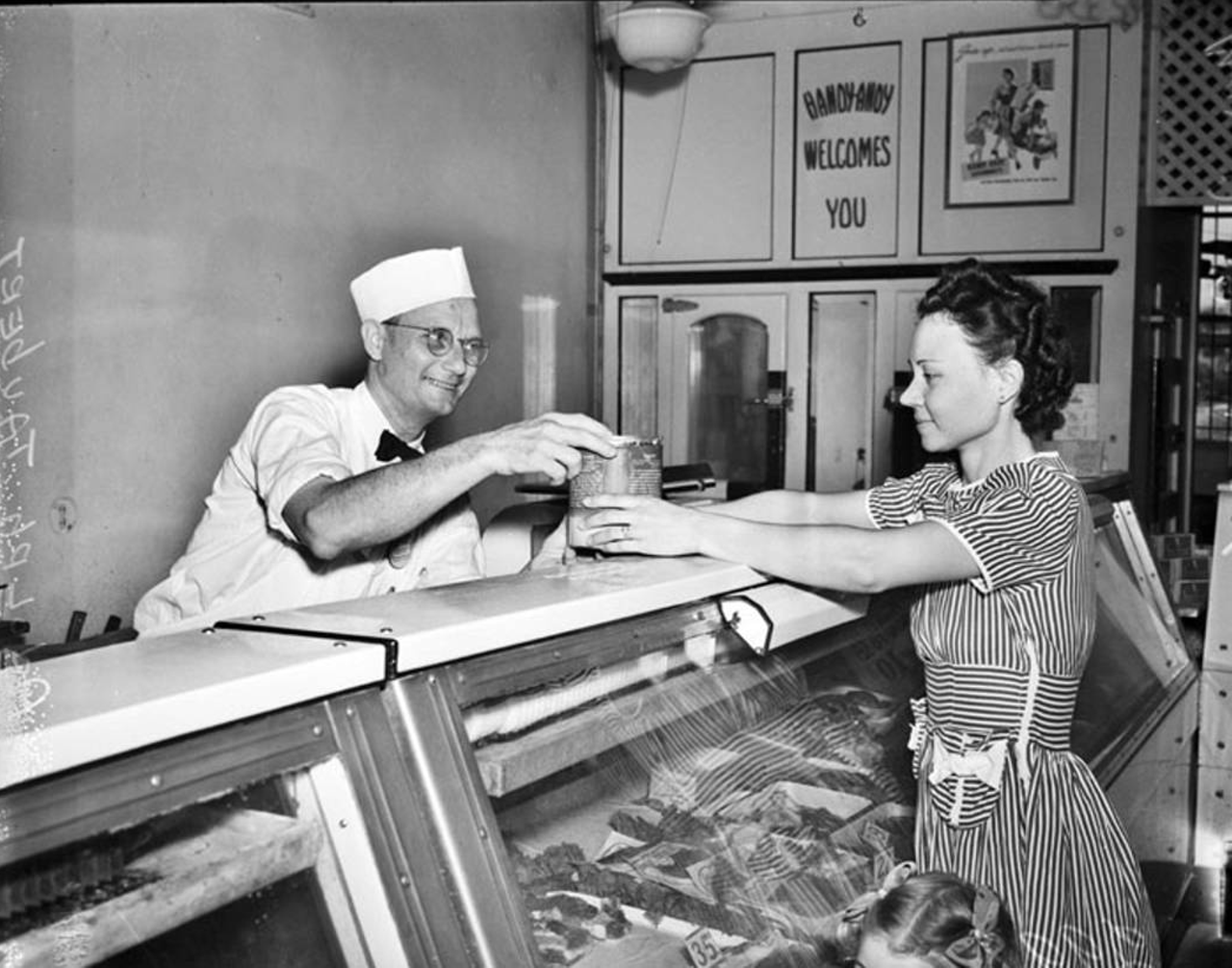
Handy Andy
Before San Antonians swore their dedication to H-E-B, plenty of local folks were all about Handy Andy. The discount grocery chain opened its first SA location in 1926 and had nearly 60 locations across Texas by its peak in the ‘70s. But, the chain declared bankruptcy in 1981 with many locations closing in the ‘90s. In 2012, the remaining stores (reports vary between three or six stores) were sold to a retailer based in Houston.
Photo via UTSA Libraries Digital Collections
Before San Antonians swore their dedication to H-E-B, plenty of local folks were all about Handy Andy. The discount grocery chain opened its first SA location in 1926 and had nearly 60 locations across Texas by its peak in the ‘70s. But, the chain declared bankruptcy in 1981 with many locations closing in the ‘90s. In 2012, the remaining stores (reports vary between three or six stores) were sold to a retailer based in Houston.
Photo via UTSA Libraries Digital Collections
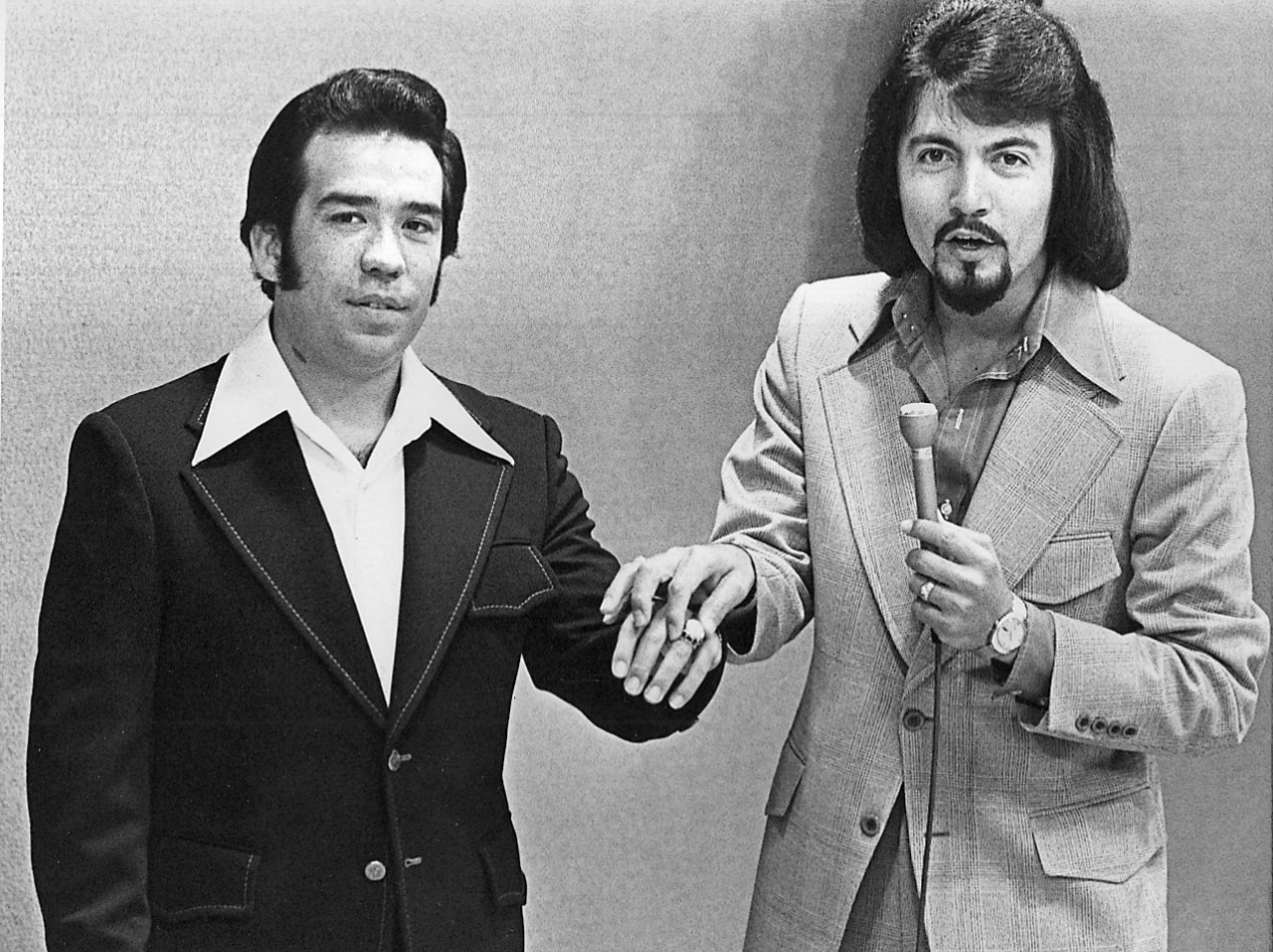
The Pepsi Peña Show
Starting off on KUKA radio in the mid ‘60s as a teenager, Henry “Pepsi” Peña (right) began his influence on the Alamo City. After landing a gig with support of Pepsi Cola, Peña earned his memorable name and served as host for a Dick Clark-inspired TV dance show geared toward Mexican-American kids.
Photo via Facebook / San Antonio Oldies RADIO SHOW
Starting off on KUKA radio in the mid ‘60s as a teenager, Henry “Pepsi” Peña (right) began his influence on the Alamo City. After landing a gig with support of Pepsi Cola, Peña earned his memorable name and served as host for a Dick Clark-inspired TV dance show geared toward Mexican-American kids.
Photo via Facebook / San Antonio Oldies RADIO SHOW
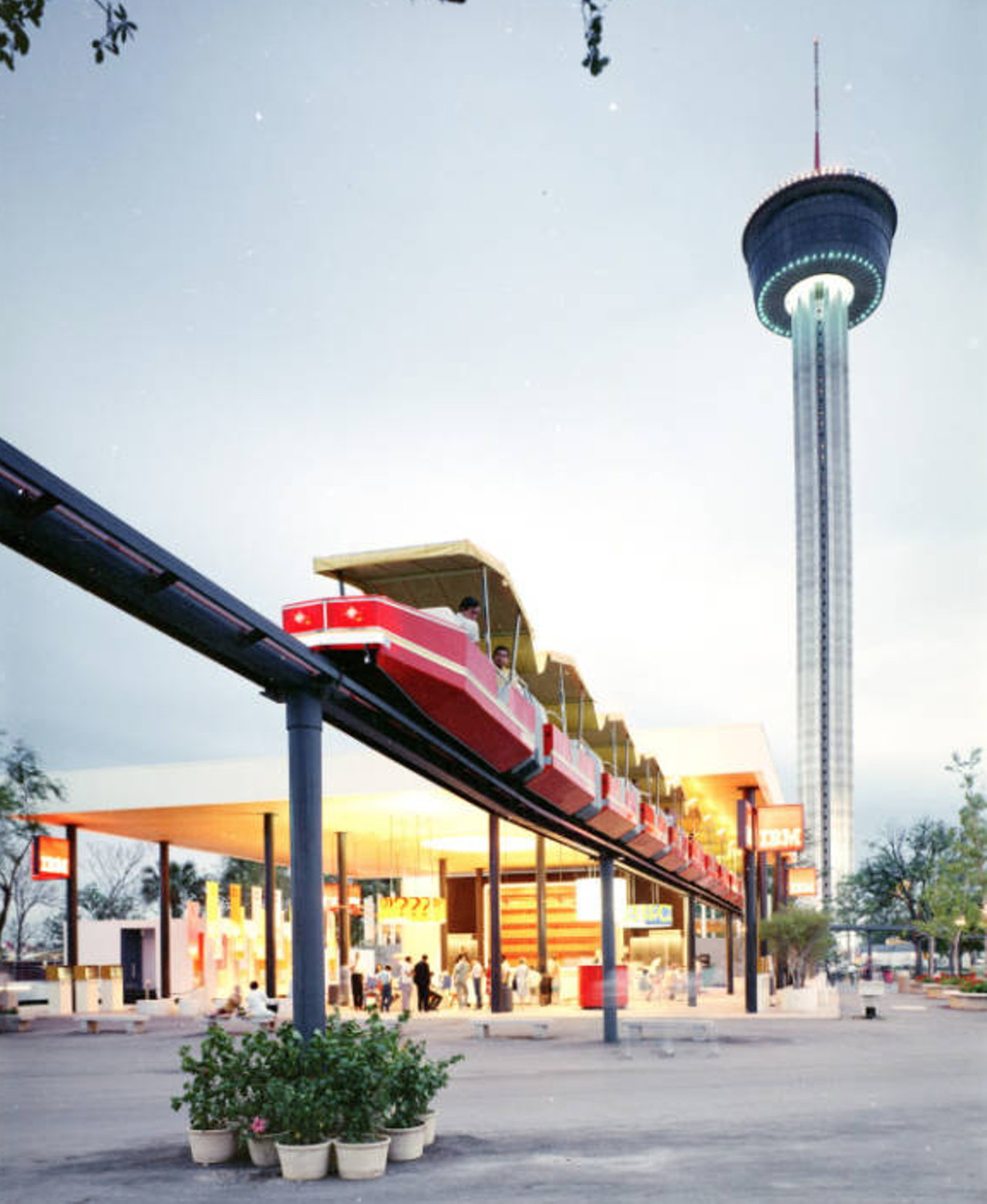
The mini-monorail at Hemisfair
As part of the excitement of the World Fair in 1968, a monorail was part of the sprawling Hemisfair attraction. The structure connected the various pavilions together, letting visitors and locals alike enjoy all the sights of the fair. That same year, two monorails collided, killing Emilee Schmidt, a 65-year-old visitor from Missouri, and injuring more than 40 others. After the excitement of the fair, the monorail was only used periodically and was removed in the ‘70s.
Photo via UTSA Libraries Digital Collections
As part of the excitement of the World Fair in 1968, a monorail was part of the sprawling Hemisfair attraction. The structure connected the various pavilions together, letting visitors and locals alike enjoy all the sights of the fair. That same year, two monorails collided, killing Emilee Schmidt, a 65-year-old visitor from Missouri, and injuring more than 40 others. After the excitement of the fair, the monorail was only used periodically and was removed in the ‘70s.
Photo via UTSA Libraries Digital Collections
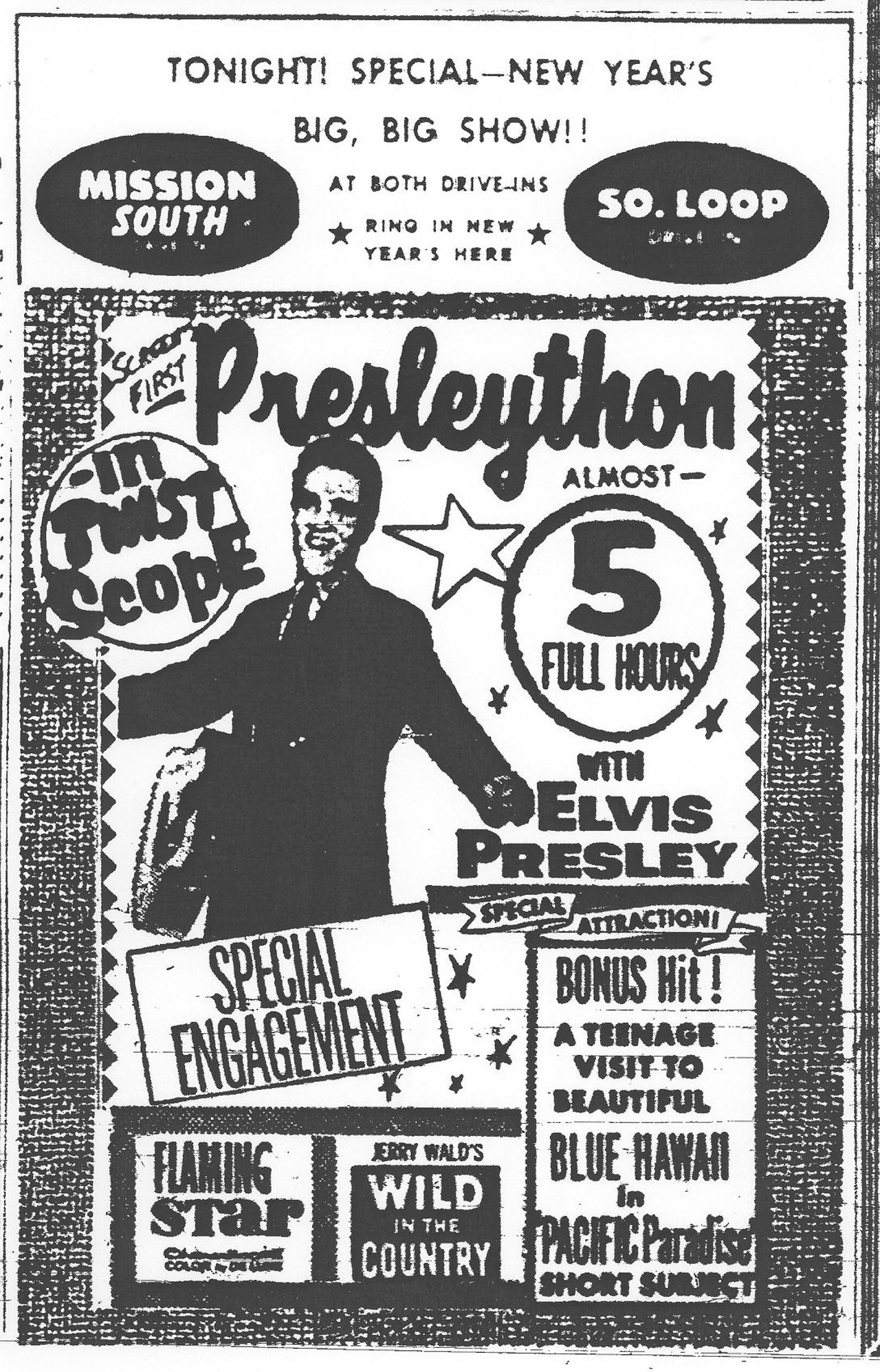
South Loop 13 Drive-In Theater
Drive-in theaters are a thing of the past, not just in San Antonio, but all over the country. The Alamo City was home to plenty, but a standout was Loop 13 (aka Military Drive). In 1950, this particular drive-in opened with a screening of The Outlaw. The theater hosted fun events like “Presleython” – a double screening of Flaming Star and Wild in the Country. But, fun events weren’t enough. The drive-in closed in 1979.
Photo via WordPress / My SAPL
Drive-in theaters are a thing of the past, not just in San Antonio, but all over the country. The Alamo City was home to plenty, but a standout was Loop 13 (aka Military Drive). In 1950, this particular drive-in opened with a screening of The Outlaw. The theater hosted fun events like “Presleython” – a double screening of Flaming Star and Wild in the Country. But, fun events weren’t enough. The drive-in closed in 1979.
Photo via WordPress / My SAPL
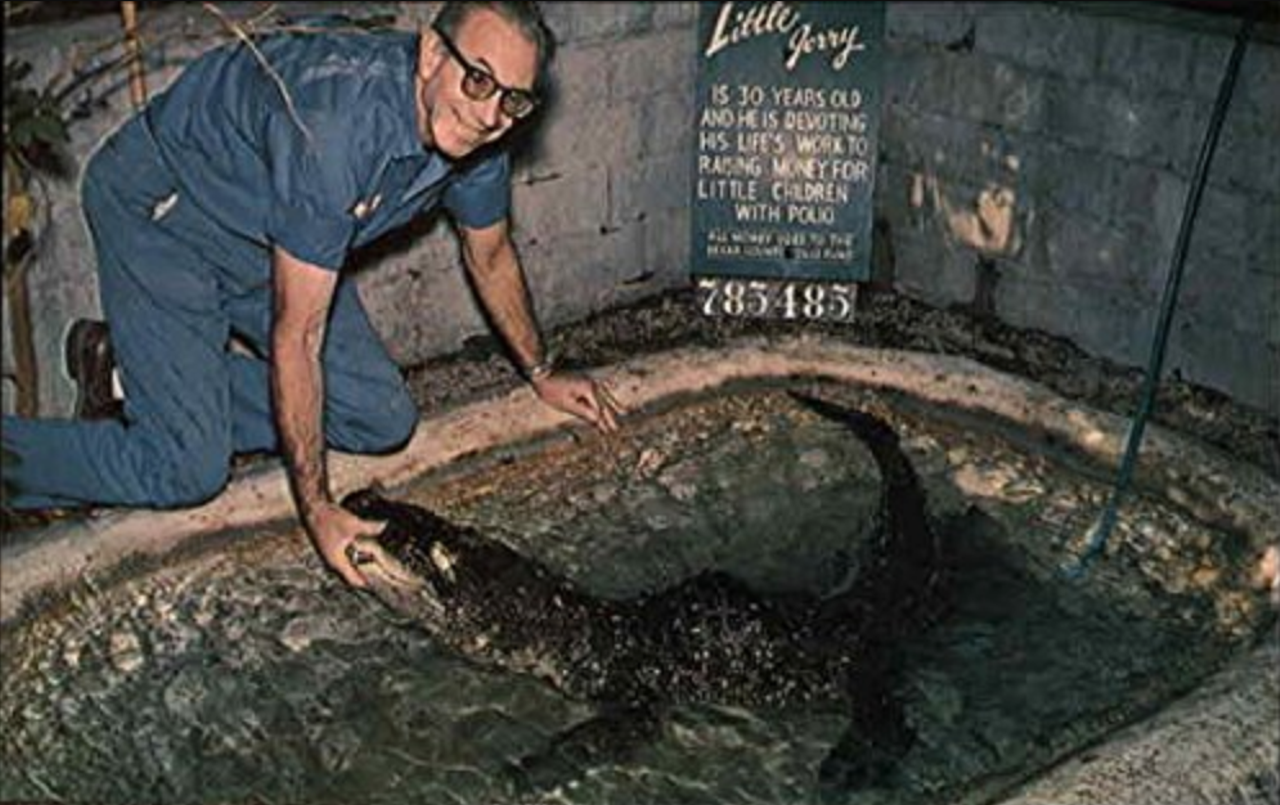
Reptile farm and alligator garden at Brackenridge Park
In 1950, George Kimbrell packed some wildlife into Brackenridge Park, letting San Antonians visit alligators that he captured himself. In 1975, the garden closed and the remaining alligators were donated to a facility in Arkansas. The garden was actually downsized from a complete reptile farm from years before. The remains of the stone structure can still be found at Brackenridge Park, though it’s been blocked off in recent years.
Photo via Amazon / Card Cow
In 1950, George Kimbrell packed some wildlife into Brackenridge Park, letting San Antonians visit alligators that he captured himself. In 1975, the garden closed and the remaining alligators were donated to a facility in Arkansas. The garden was actually downsized from a complete reptile farm from years before. The remains of the stone structure can still be found at Brackenridge Park, though it’s been blocked off in recent years.
Photo via Amazon / Card Cow
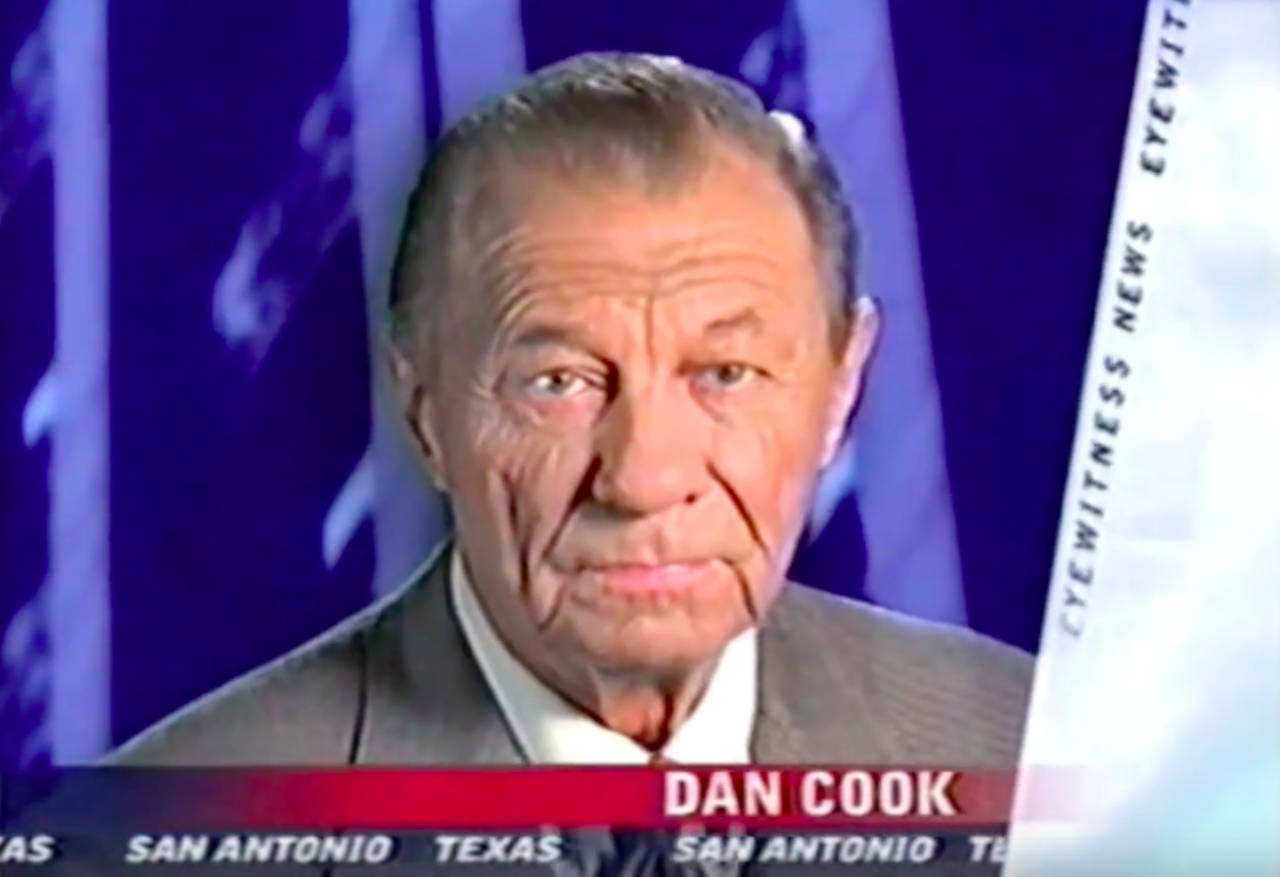
Dan Cook’s newscasts
While San Antonio’s history includes plenty of memorable reporters and anchors, few have the lasting legacy matching Dan Cook. He brought the sports talk for generations – literally. Part of the KENS 5 team from 1956 to 2000, Cook popularized the phrase "the opera ain't over 'til the fat lady sings." He was also a sports writer for the San Antonio Express-News, where he worked for 51 years. His decade-spanning, influential career led to Cook being inducted into the San Antonio Sports Hall of Fame. The Houston native passed away in July 2008 at the age of 81.
Photo via YouTube / dma37dude
While San Antonio’s history includes plenty of memorable reporters and anchors, few have the lasting legacy matching Dan Cook. He brought the sports talk for generations – literally. Part of the KENS 5 team from 1956 to 2000, Cook popularized the phrase "the opera ain't over 'til the fat lady sings." He was also a sports writer for the San Antonio Express-News, where he worked for 51 years. His decade-spanning, influential career led to Cook being inducted into the San Antonio Sports Hall of Fame. The Houston native passed away in July 2008 at the age of 81.
Photo via YouTube / dma37dude
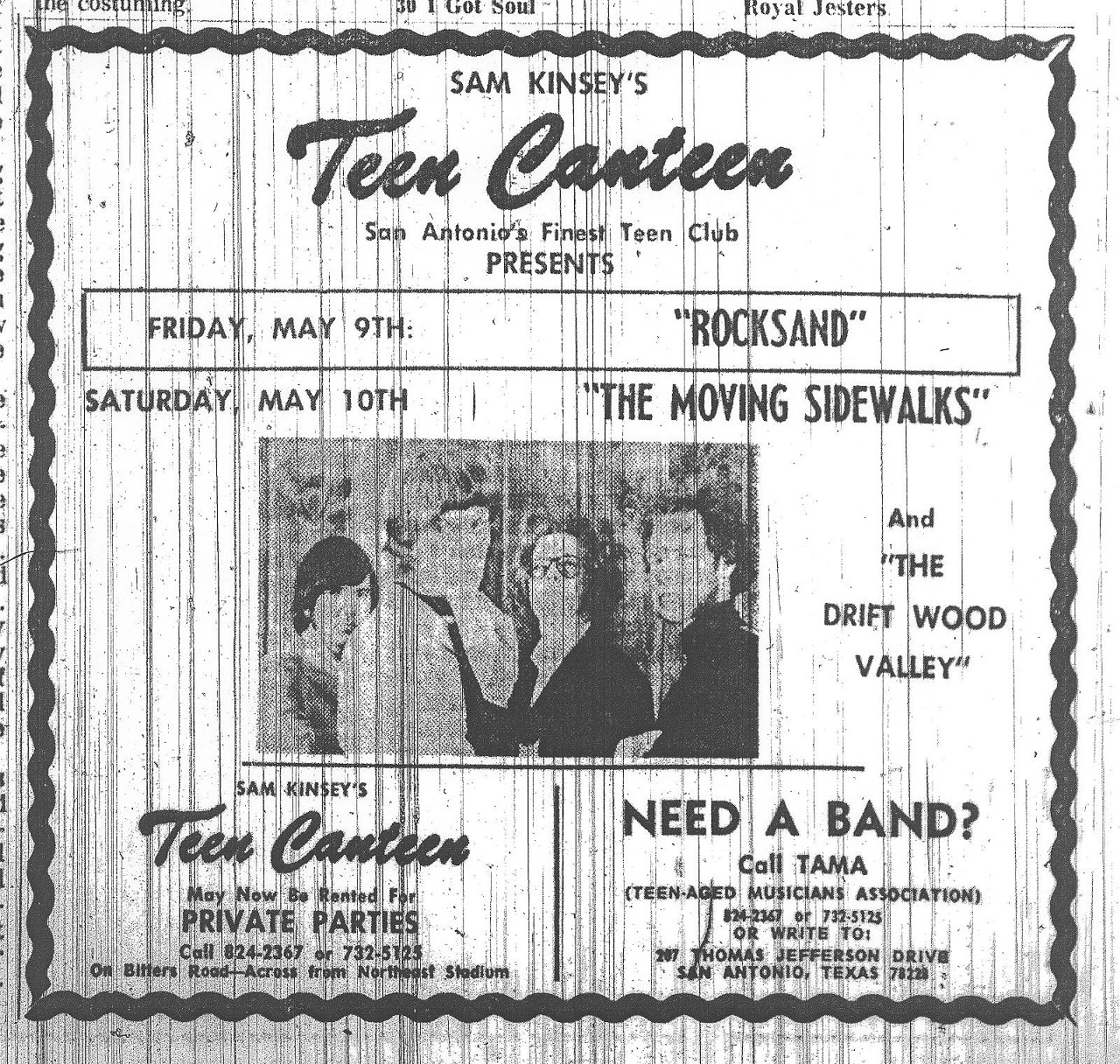
Teen Canteen
Long before Cowboys Dancehall became the spot for teens to hang out, Teen Canteen held that honor with multiple locations running between 1961 and 1977. The venue welcomed musicians like Billy Gibbons, who would later form ZZ Top, and Michael Nesmith before his Monkees fame.
Photo via WordPress / MySAPL
Long before Cowboys Dancehall became the spot for teens to hang out, Teen Canteen held that honor with multiple locations running between 1961 and 1977. The venue welcomed musicians like Billy Gibbons, who would later form ZZ Top, and Michael Nesmith before his Monkees fame.
Photo via WordPress / MySAPL
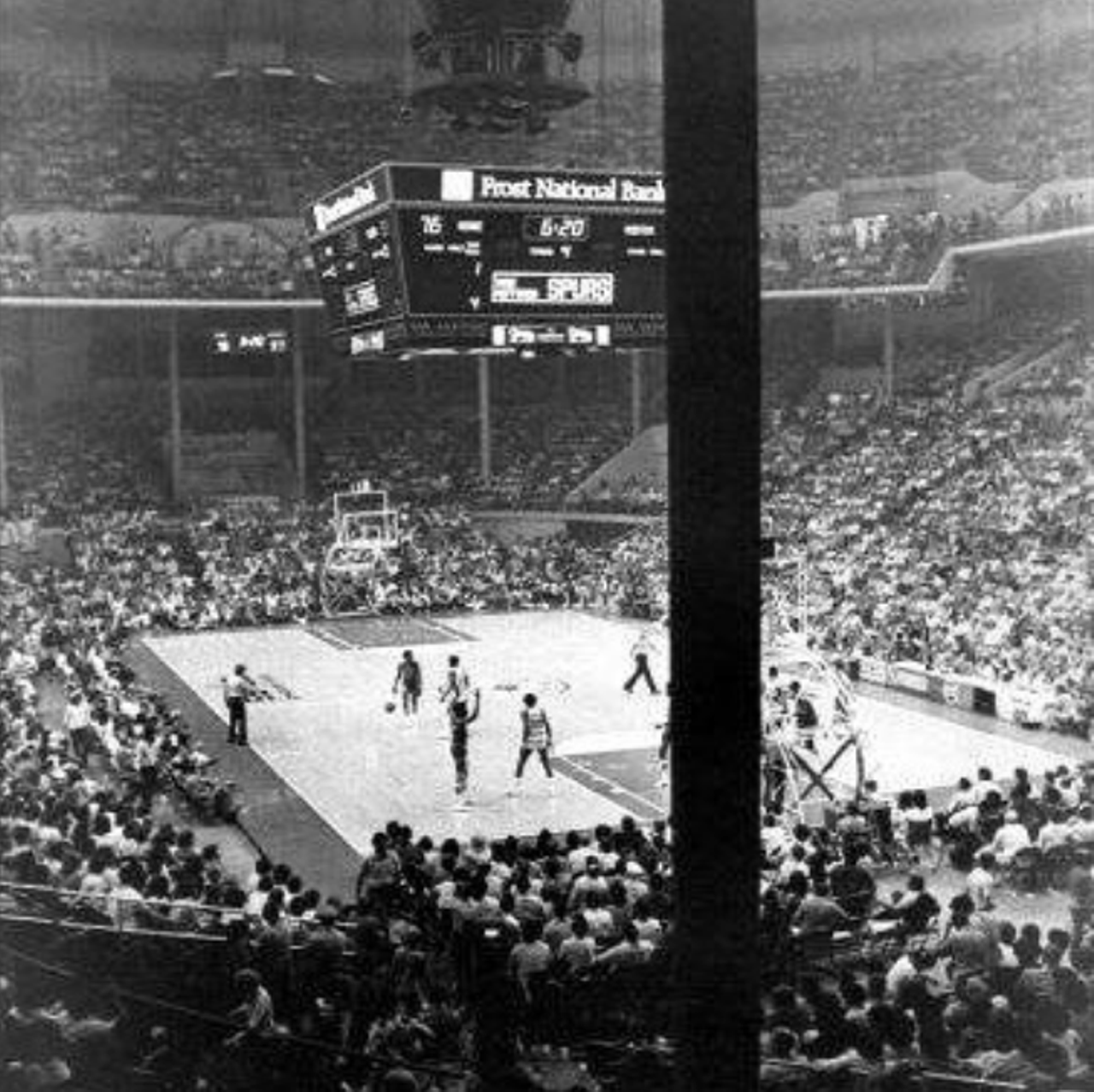
HemisFair Arena
HemisFair Arena made a splash in San Antonio’s history with the 1968 opening, which welcomed locals with a performance by the Harlem Globetrotters and Washington Generals. After opening night, the arena was used by the San Antonio Spurs, though legends like Elvis, Selena, Jackson 5, Rush and Janis Joplin all performed there. The structure was demolished in 1995.
Photo via Instagram / panamaniac_x
HemisFair Arena made a splash in San Antonio’s history with the 1968 opening, which welcomed locals with a performance by the Harlem Globetrotters and Washington Generals. After opening night, the arena was used by the San Antonio Spurs, though legends like Elvis, Selena, Jackson 5, Rush and Janis Joplin all performed there. The structure was demolished in 1995.
Photo via Instagram / panamaniac_x
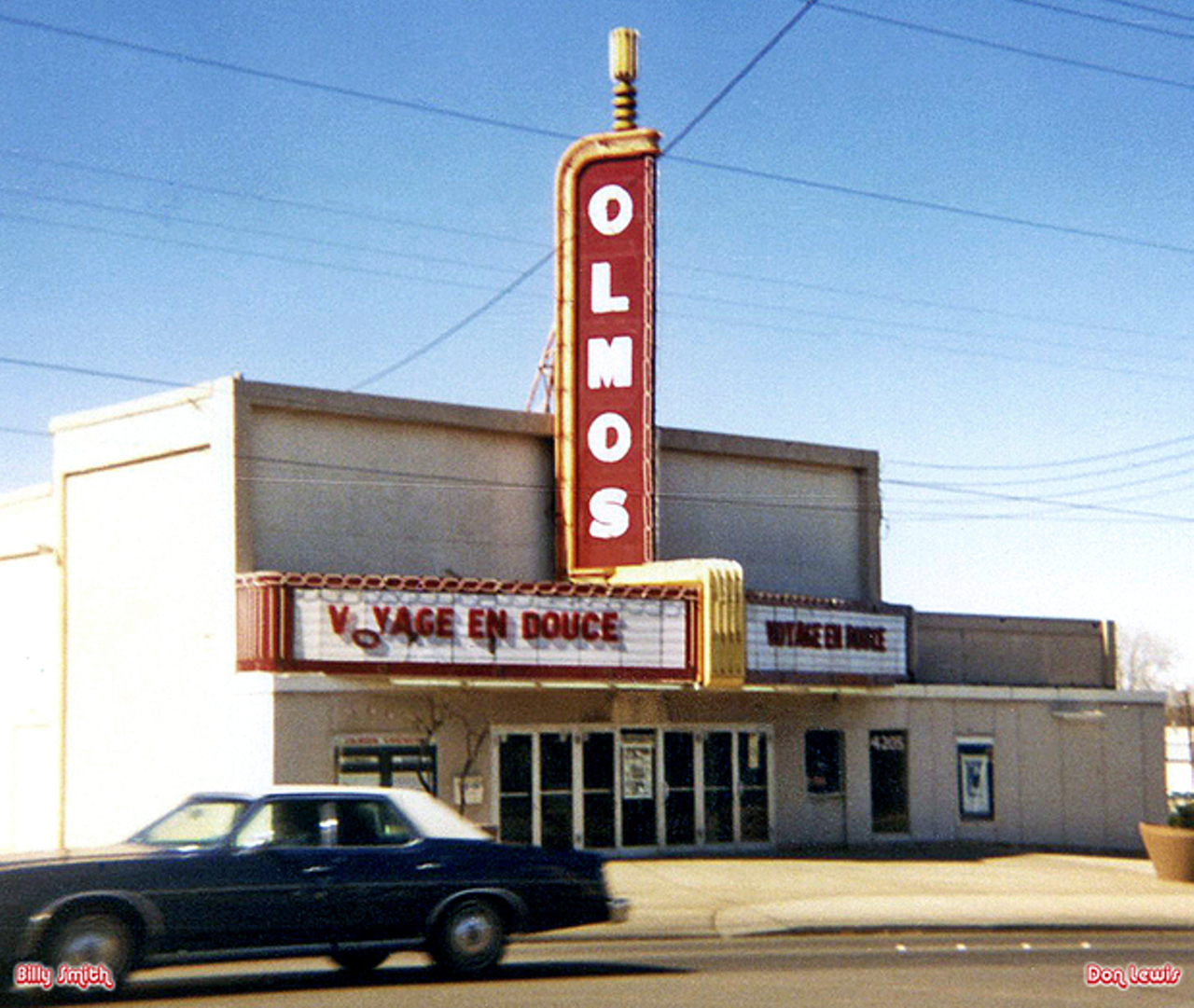
Olmos Theatre
Olmos Park has long since said goodbye to Olmos Theatre, an iconic auditorium that served as the flagship of the Santikos Theatre chain after its 1949 opening. With a large screen that had a gold curtain, the theatre walls had memorable floral patterned artwork throughout. But with the rise of other theatres, the Olmos spot lost some of its power. During its last days in the ‘80s, the venue served as an X-rated movie theatre.
Photo via cinematreasures.org
Olmos Park has long since said goodbye to Olmos Theatre, an iconic auditorium that served as the flagship of the Santikos Theatre chain after its 1949 opening. With a large screen that had a gold curtain, the theatre walls had memorable floral patterned artwork throughout. But with the rise of other theatres, the Olmos spot lost some of its power. During its last days in the ‘80s, the venue served as an X-rated movie theatre.
Photo via cinematreasures.org
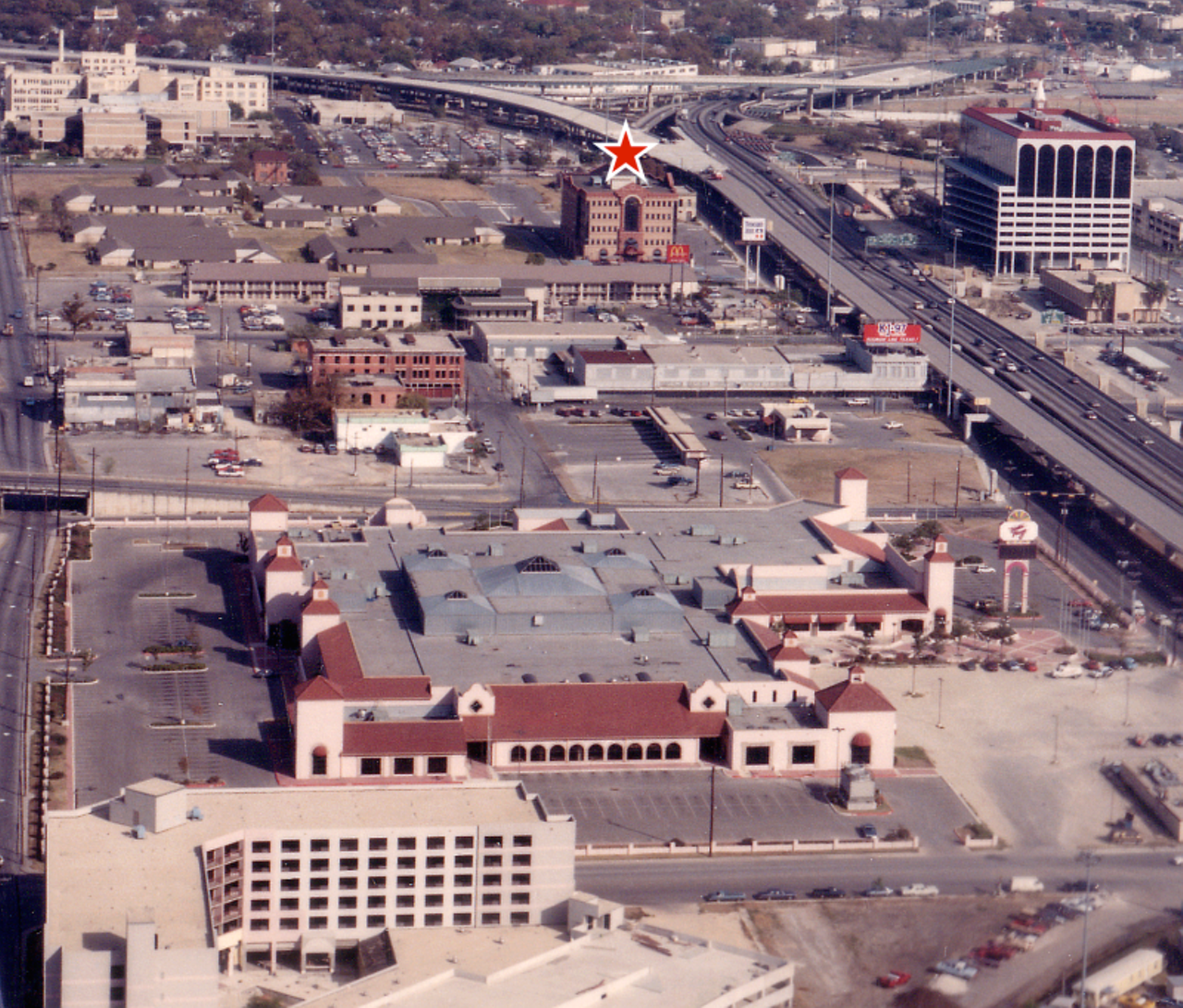
Fiesta Plaza Mall
Often referred to as the “pink elephant,” Fiesta Plaza Mall was the dream of then-Mayor Henry Cisneros, who had a vision for a tourist-oriented mall with new hotels and office buildings. That vision never really came into fruition, and the pink buildings were demolished after a few years. In 1993, the land was donated to the UT system for the UTSA downtown campus.
Photo via city-data.com
Often referred to as the “pink elephant,” Fiesta Plaza Mall was the dream of then-Mayor Henry Cisneros, who had a vision for a tourist-oriented mall with new hotels and office buildings. That vision never really came into fruition, and the pink buildings were demolished after a few years. In 1993, the land was donated to the UT system for the UTSA downtown campus.
Photo via city-data.com
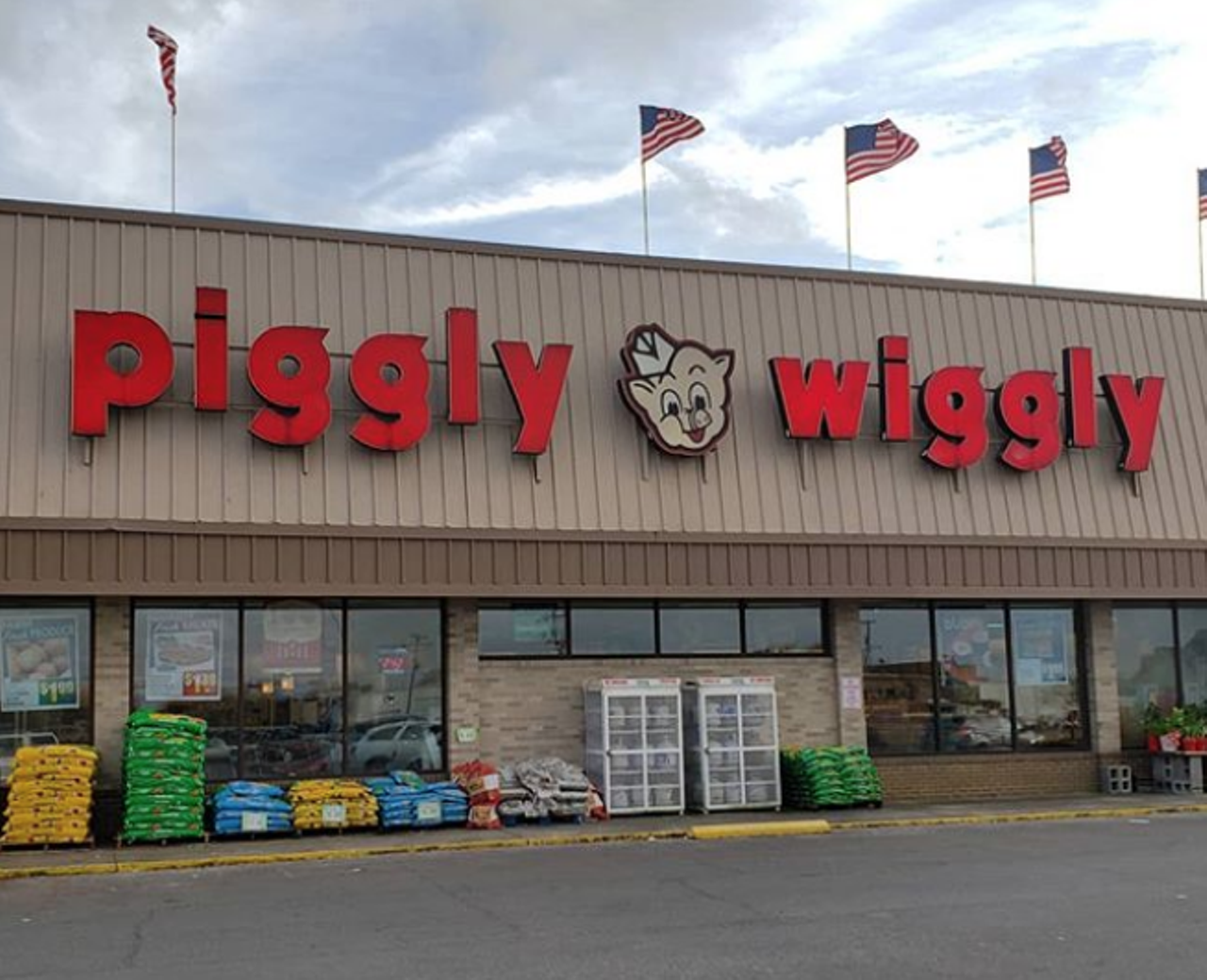
Piggly Wiggly
San Antonians may be dedicated to H-E-B today, but the Alamo City used to have a lot more options for their grocery needs. Remember Piggly Wiggly? San Antonio got its first PW back in the 1920s, and there were more than 40 locations within a decade. With more grocery stores entering the market (pun intended), Piggly Wiggly lost most of its fire by the ‘70s – with all local locations closed by the early ‘80s.
Photo via Instagram / lounles
San Antonians may be dedicated to H-E-B today, but the Alamo City used to have a lot more options for their grocery needs. Remember Piggly Wiggly? San Antonio got its first PW back in the 1920s, and there were more than 40 locations within a decade. With more grocery stores entering the market (pun intended), Piggly Wiggly lost most of its fire by the ‘70s – with all local locations closed by the early ‘80s.
Photo via Instagram / lounles
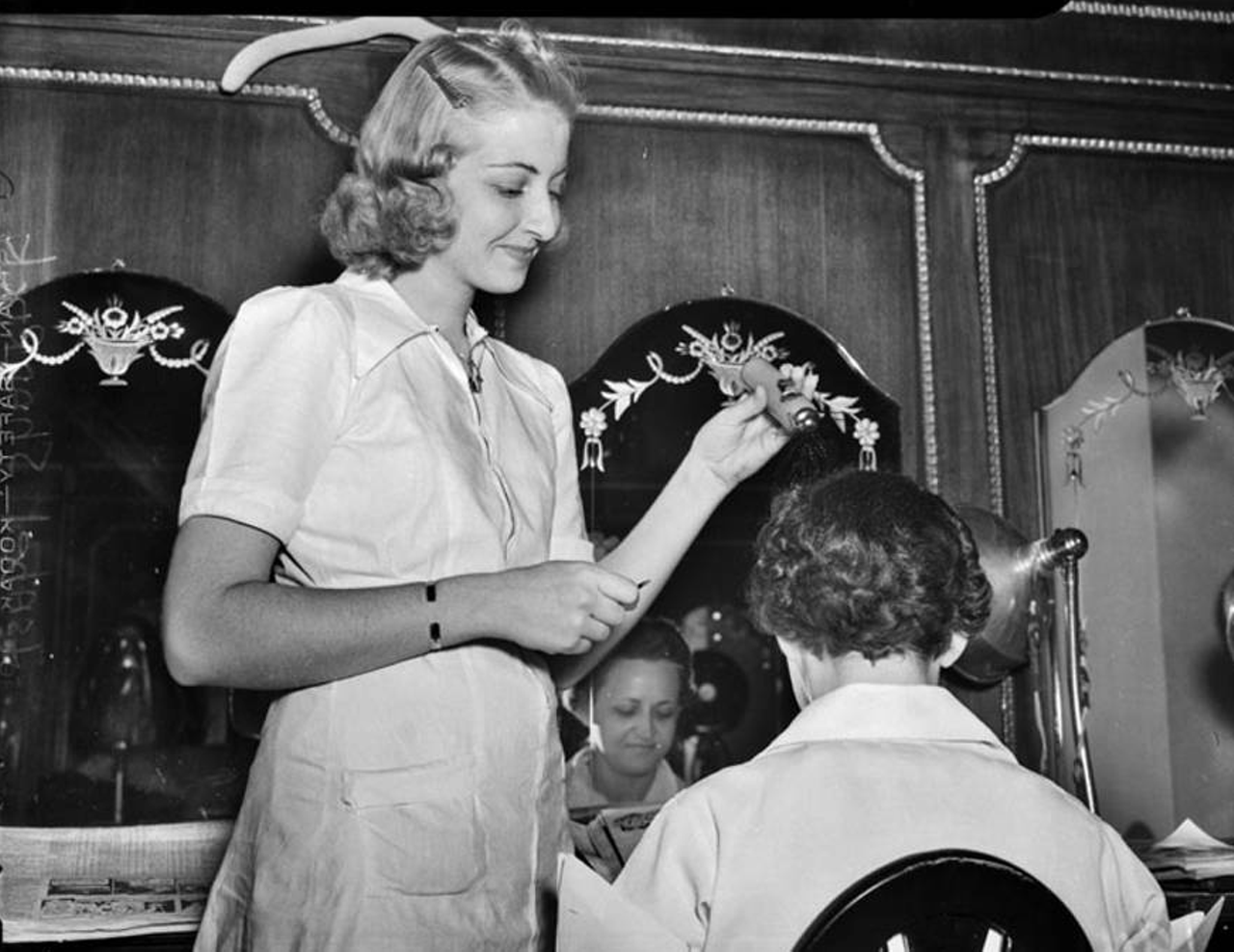
Frost Bros.
If you were looking fly back in the day, it was likely because you shopped at Frost Bros. The locally-based, high-fashion retailer first opened in 1917 in the heart of downtown and was known for quality personal service similar to name brand companies today. Though it was a staple at North Star Mall, the brand filed for bankruptcy in 1988 and liquidated a year later.
Photo via UTSA Libraries Digital Collections
If you were looking fly back in the day, it was likely because you shopped at Frost Bros. The locally-based, high-fashion retailer first opened in 1917 in the heart of downtown and was known for quality personal service similar to name brand companies today. Though it was a staple at North Star Mall, the brand filed for bankruptcy in 1988 and liquidated a year later.
Photo via UTSA Libraries Digital Collections
Page 1 of 2







